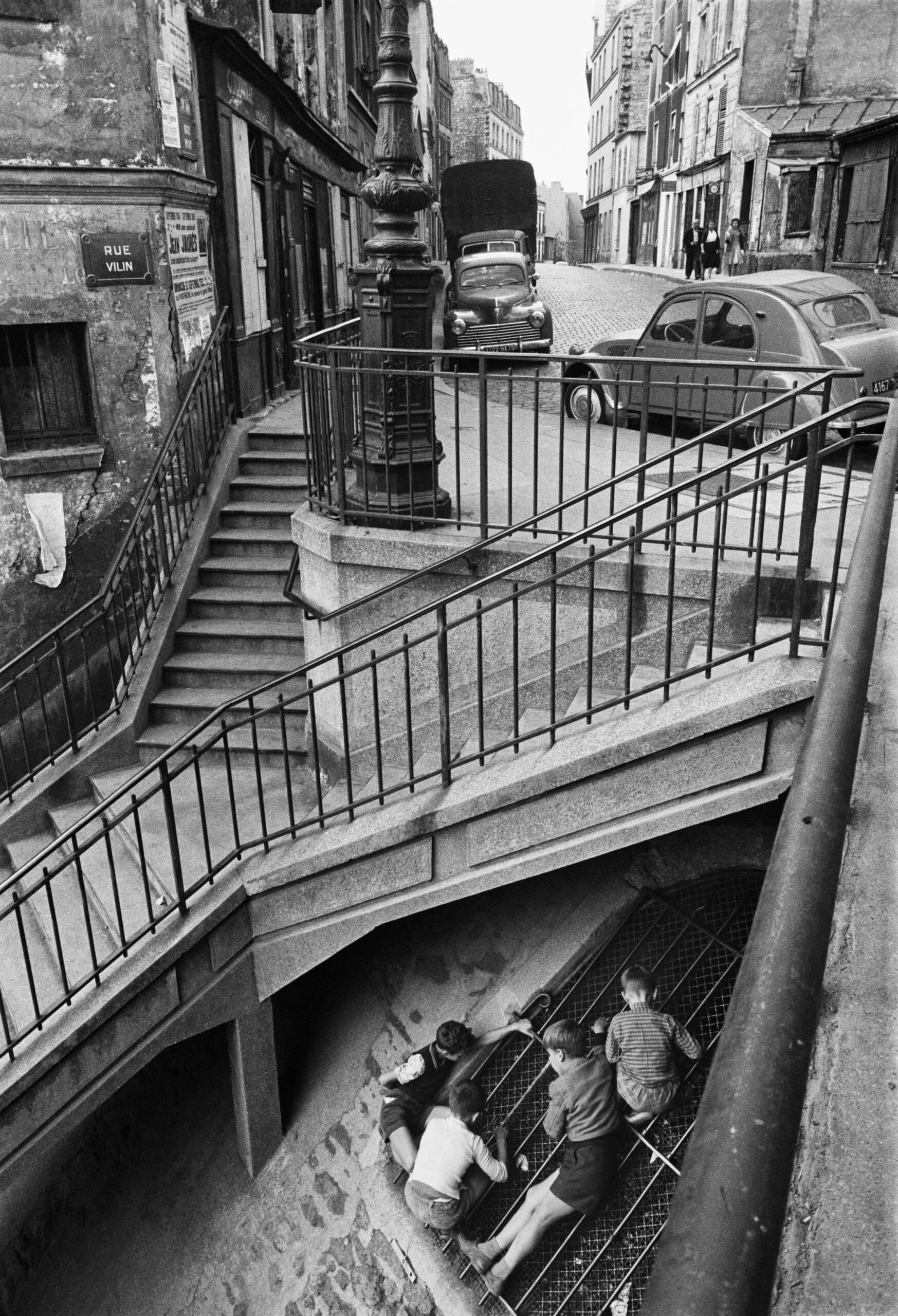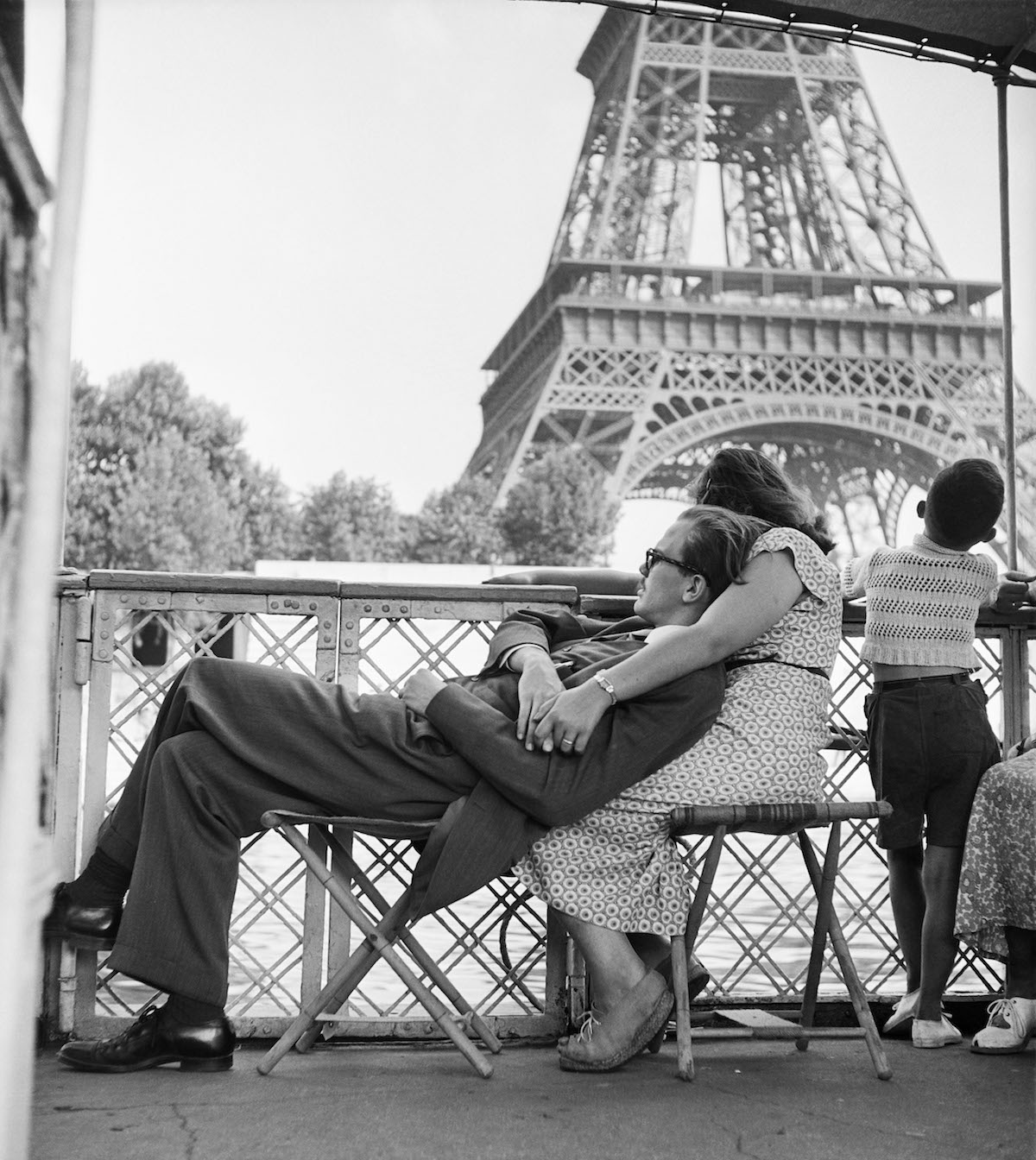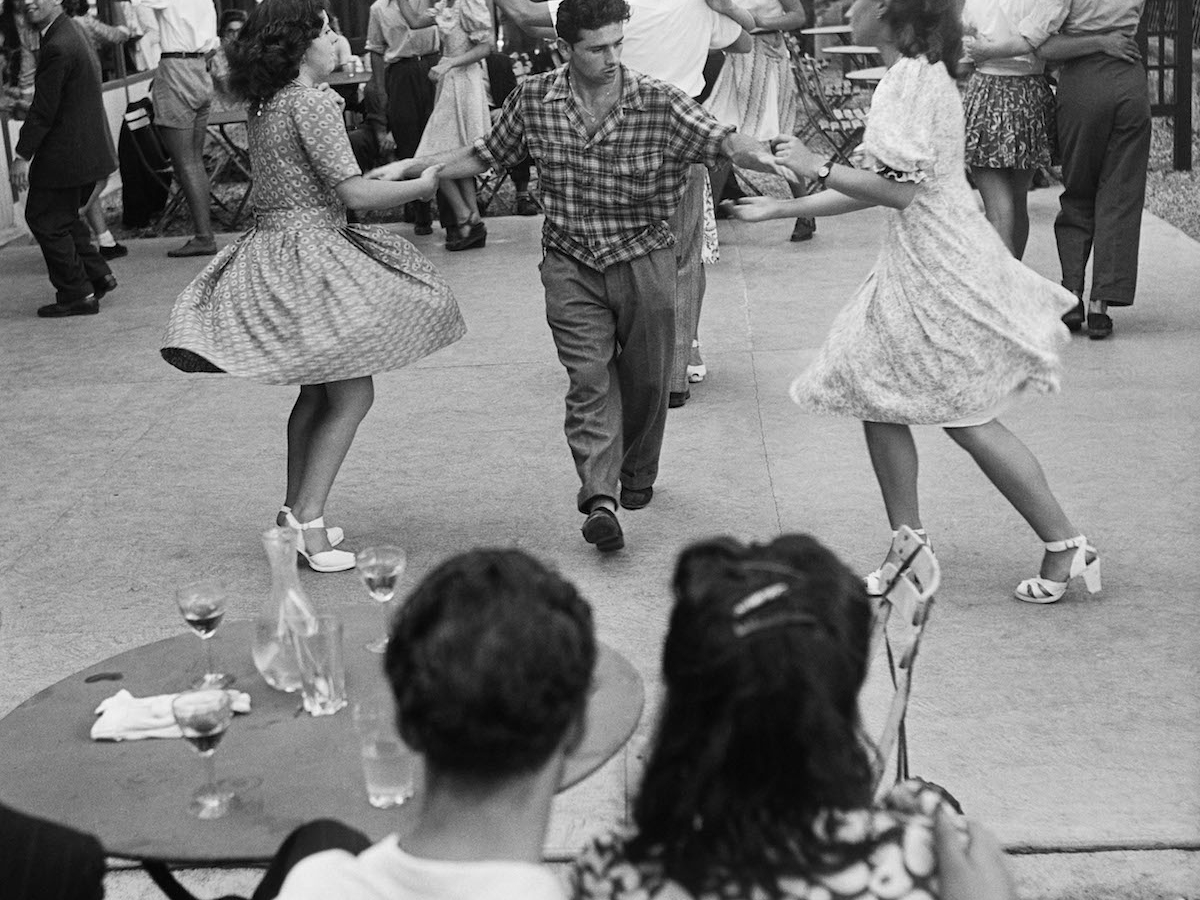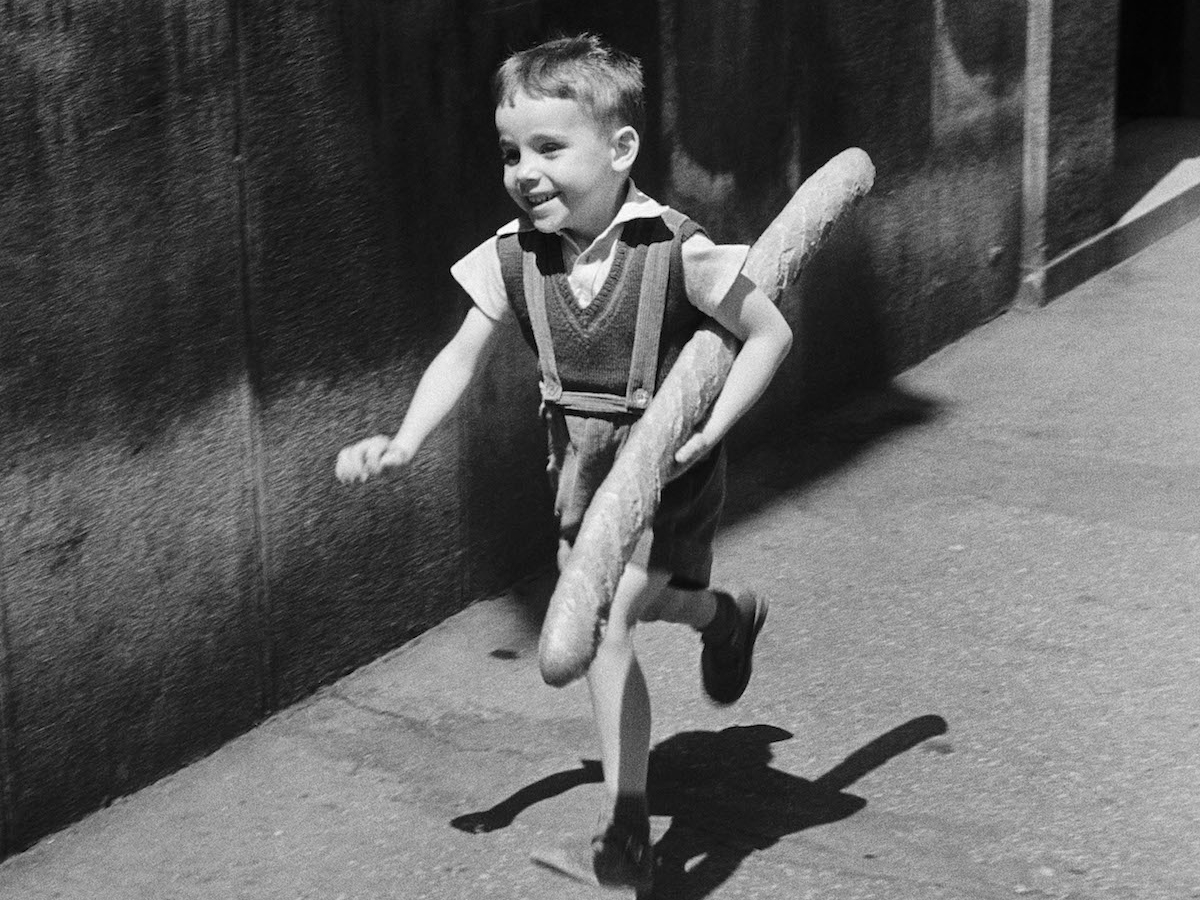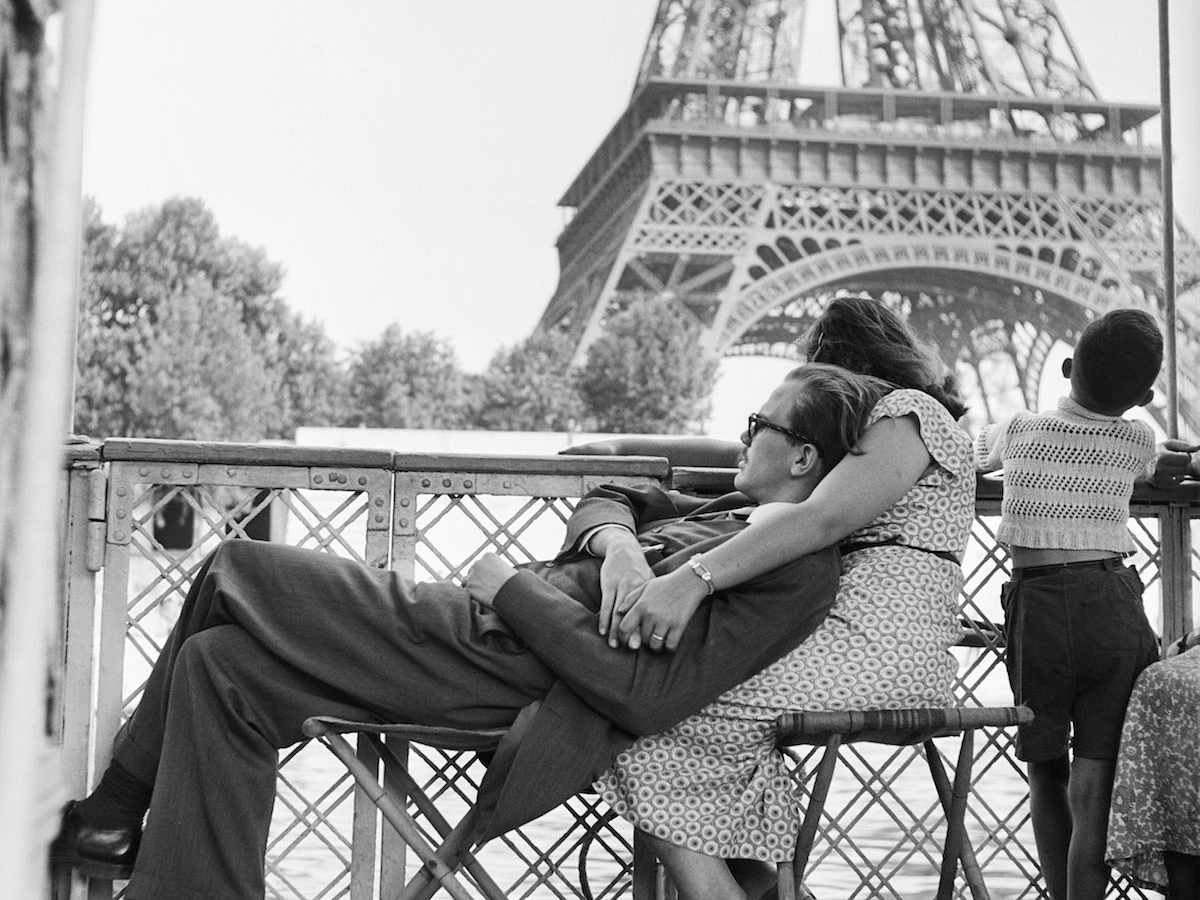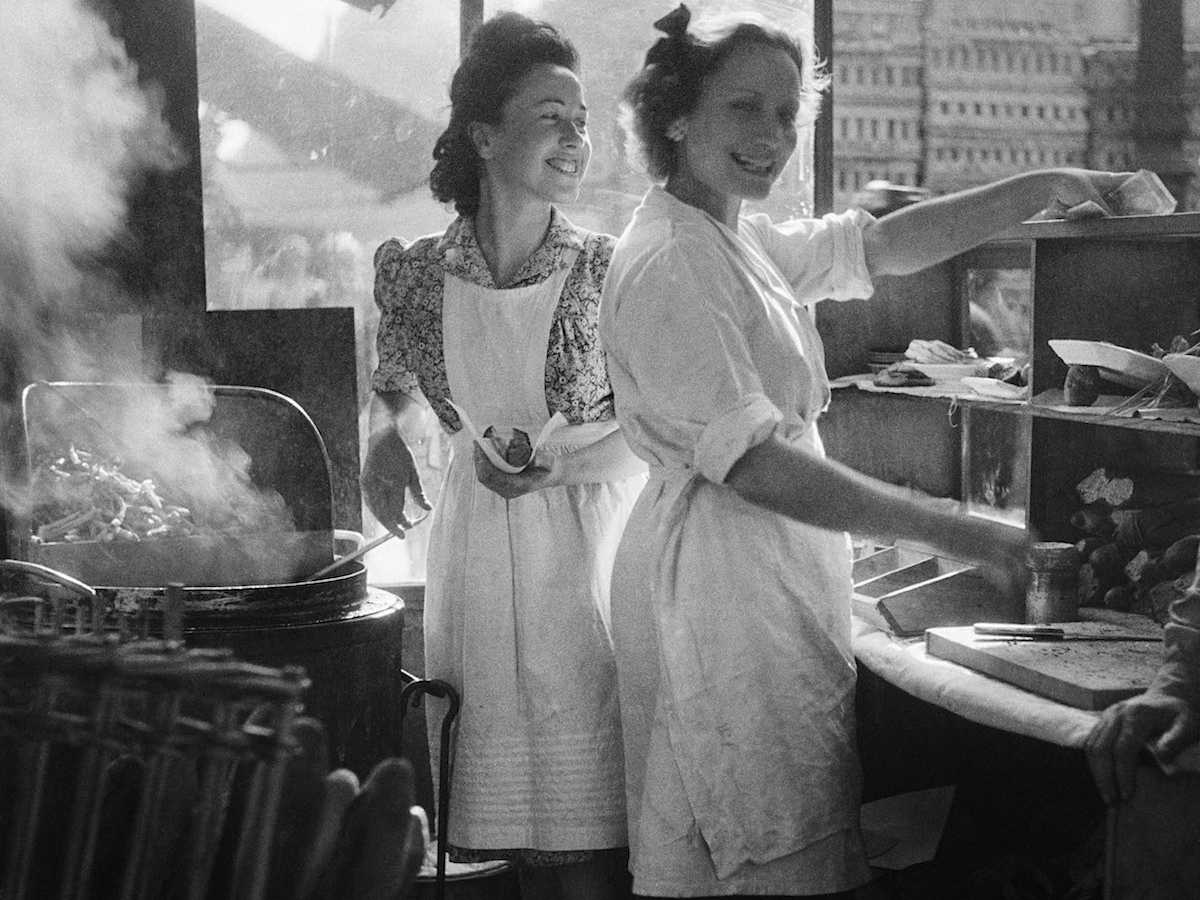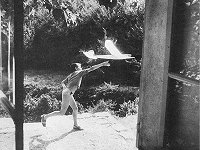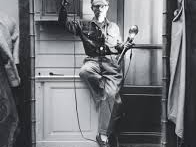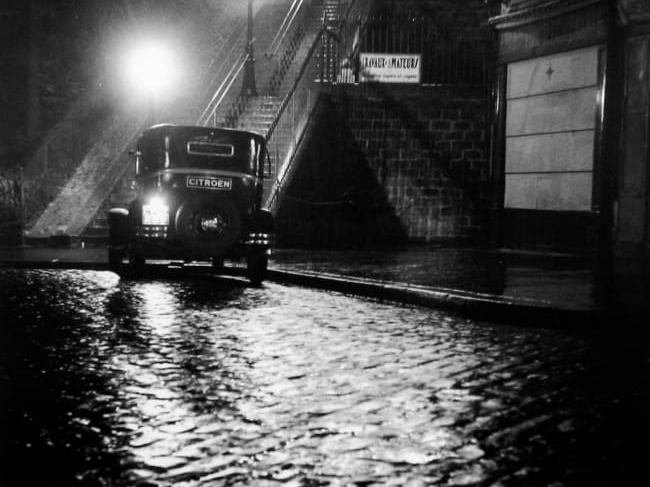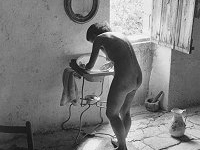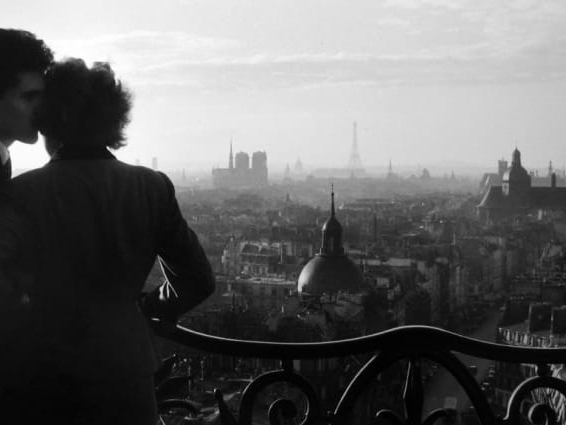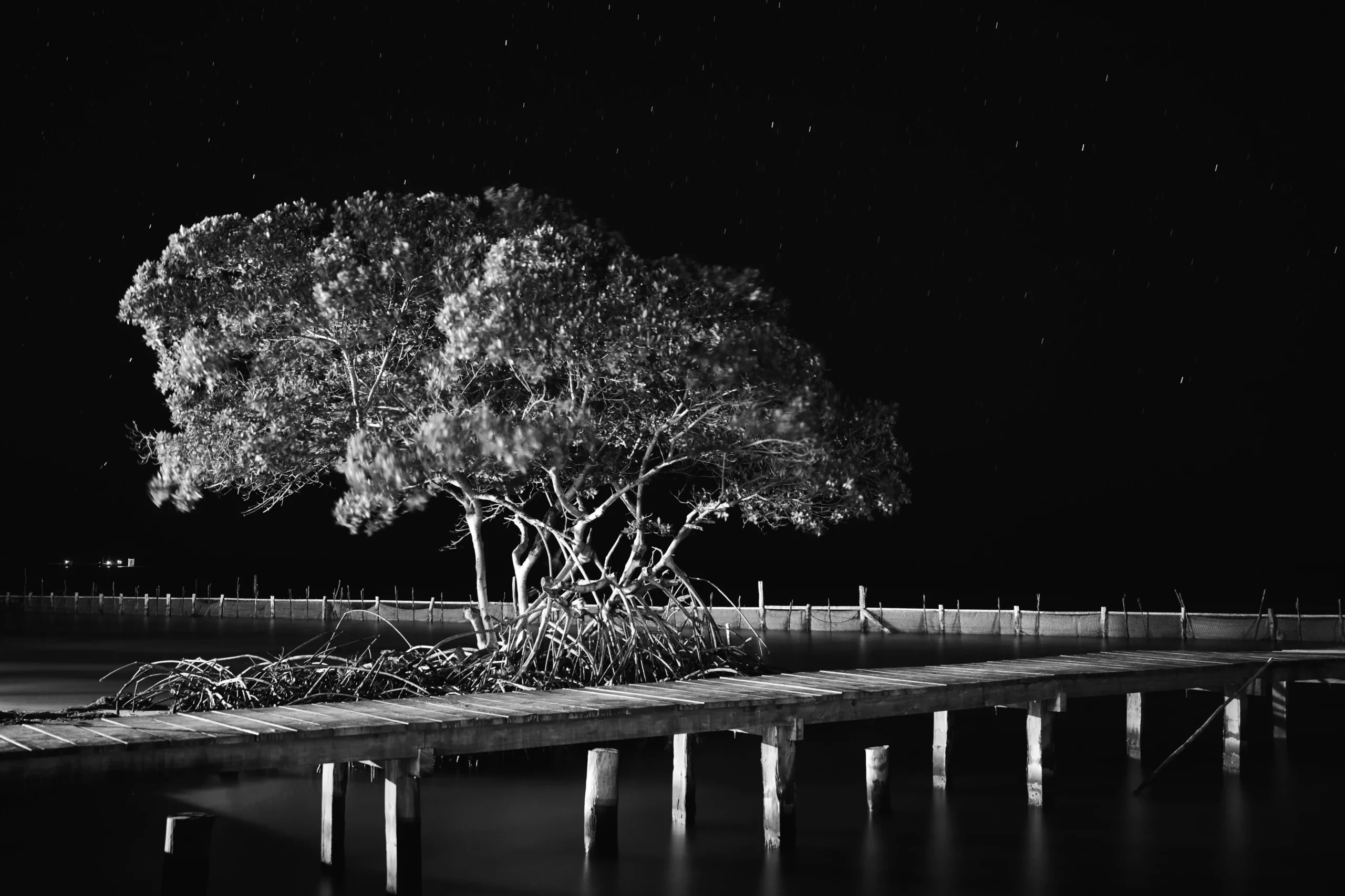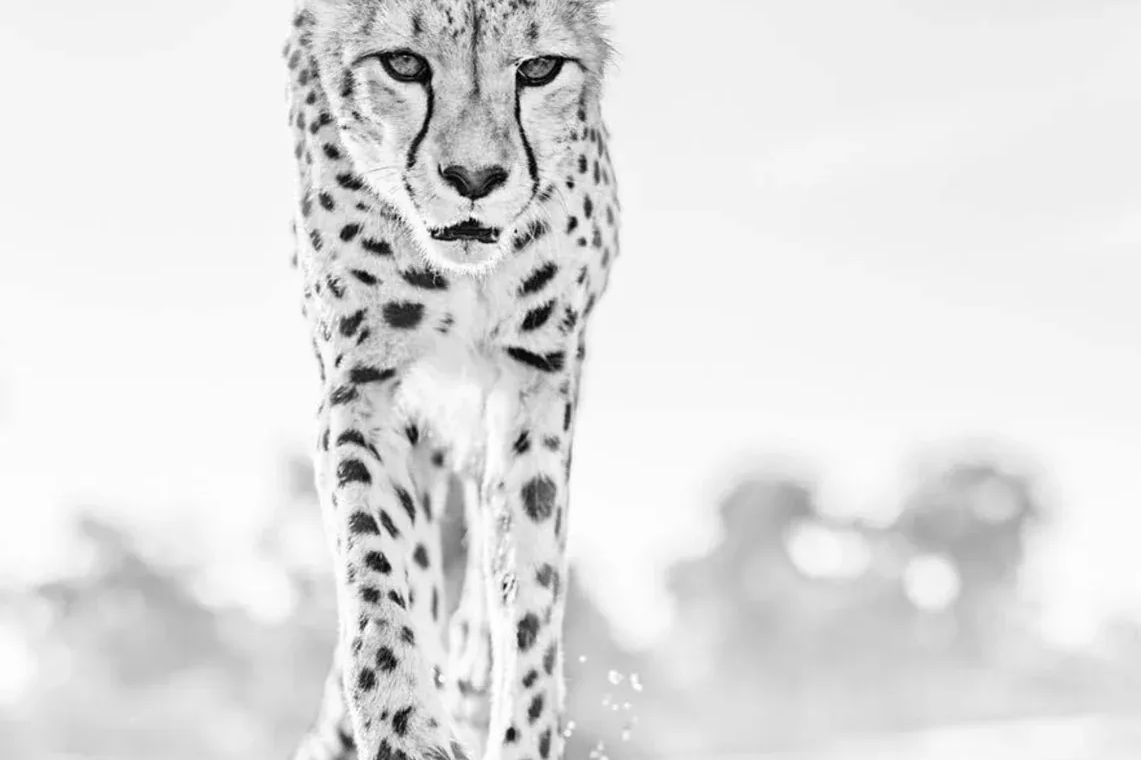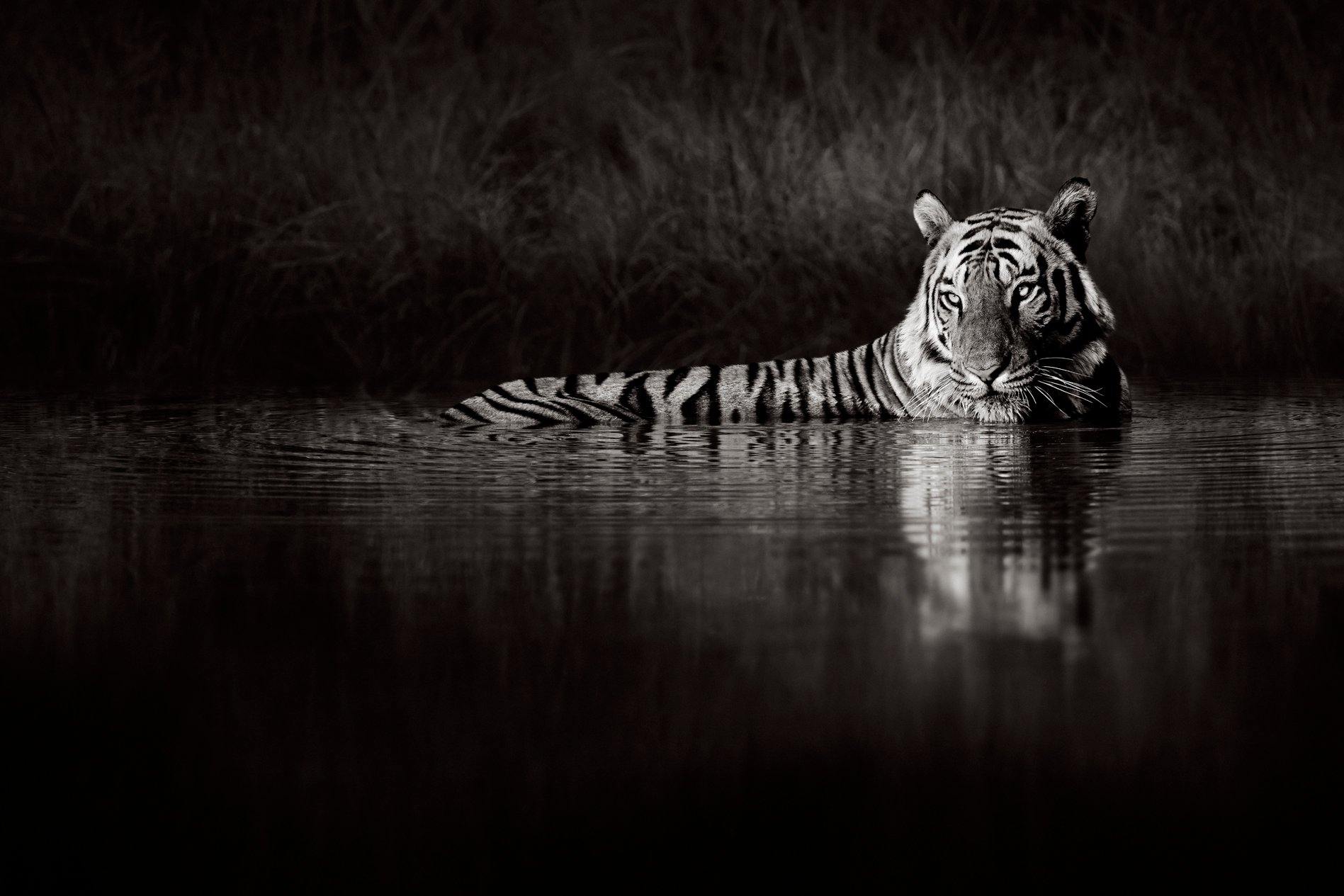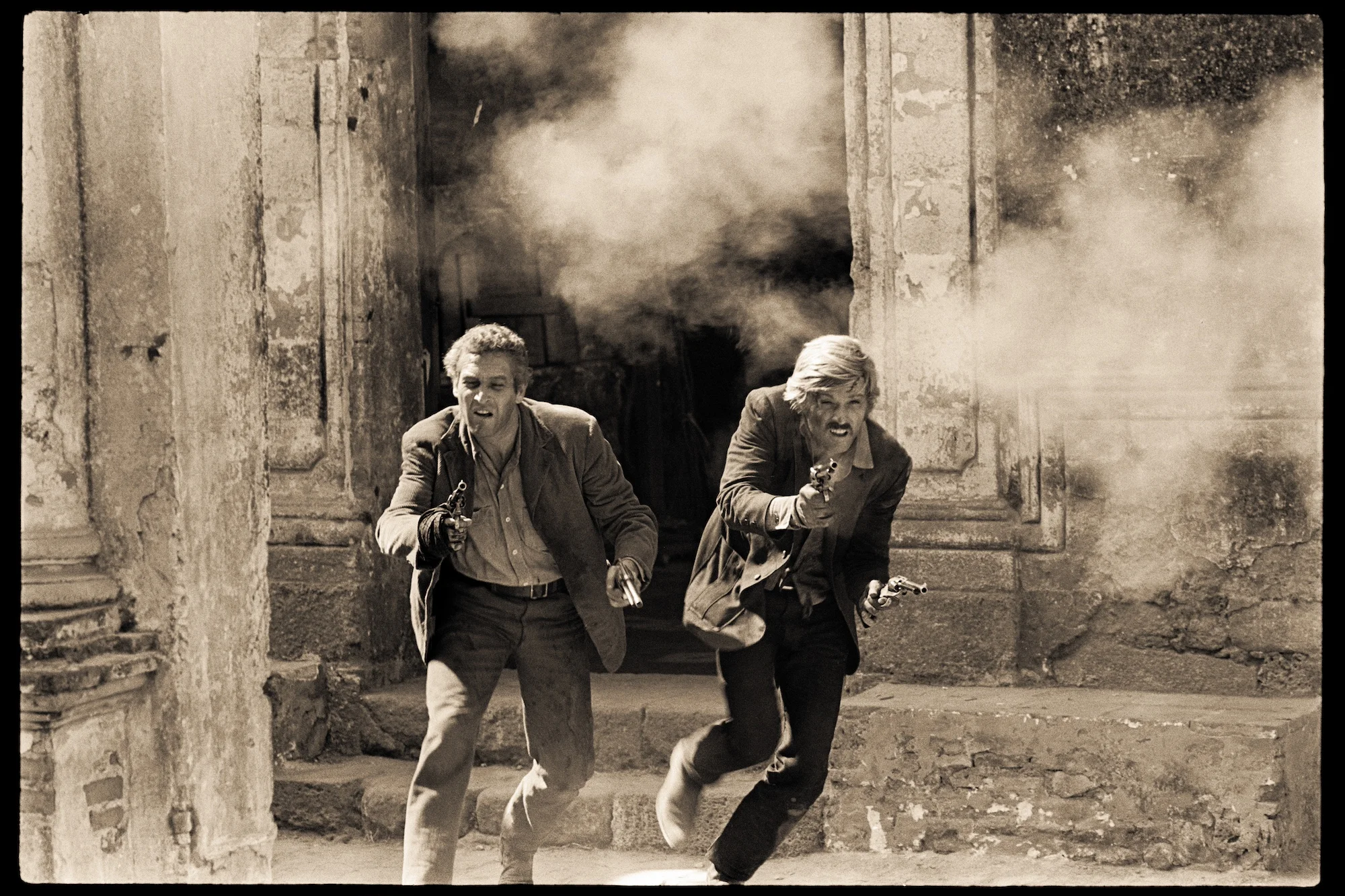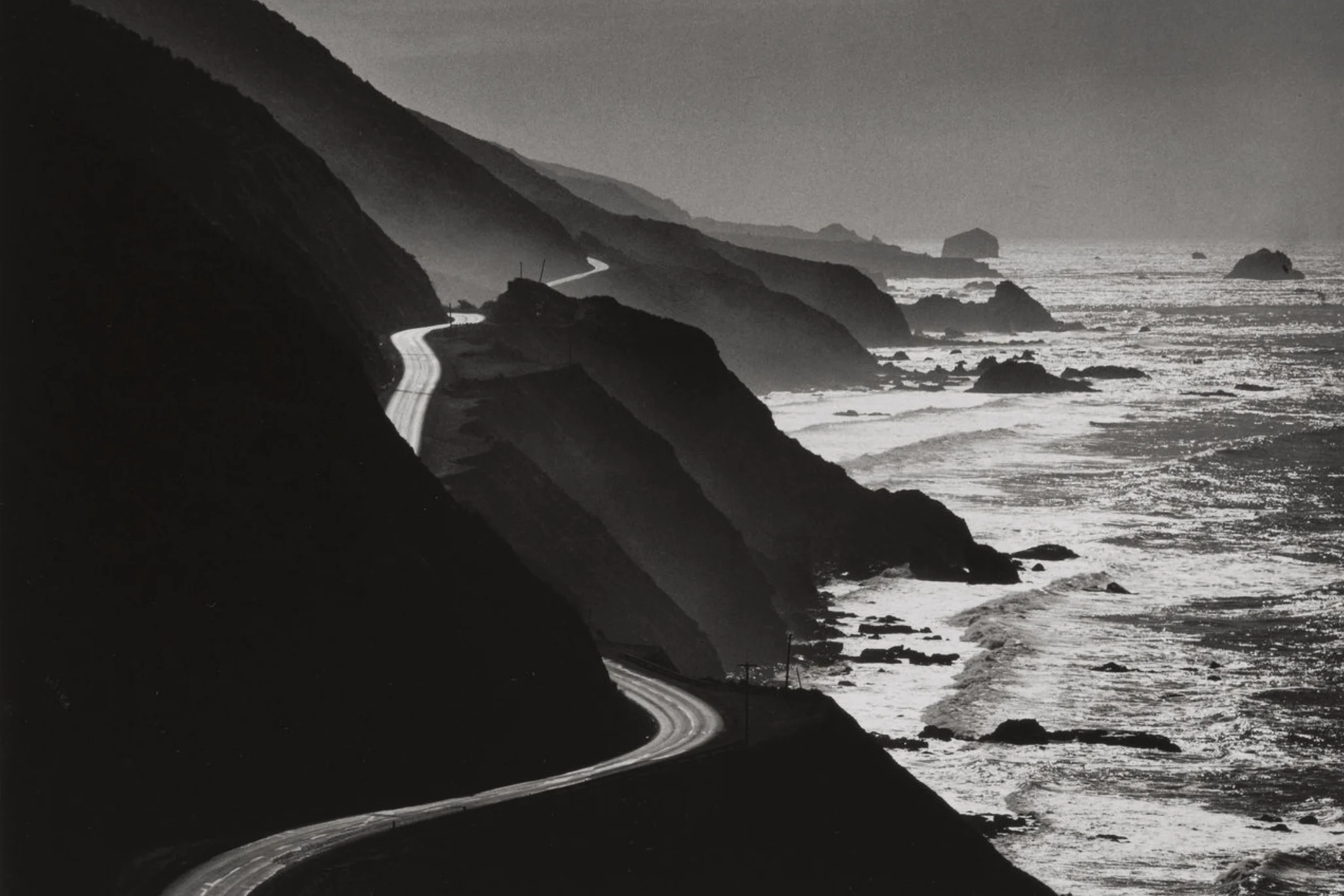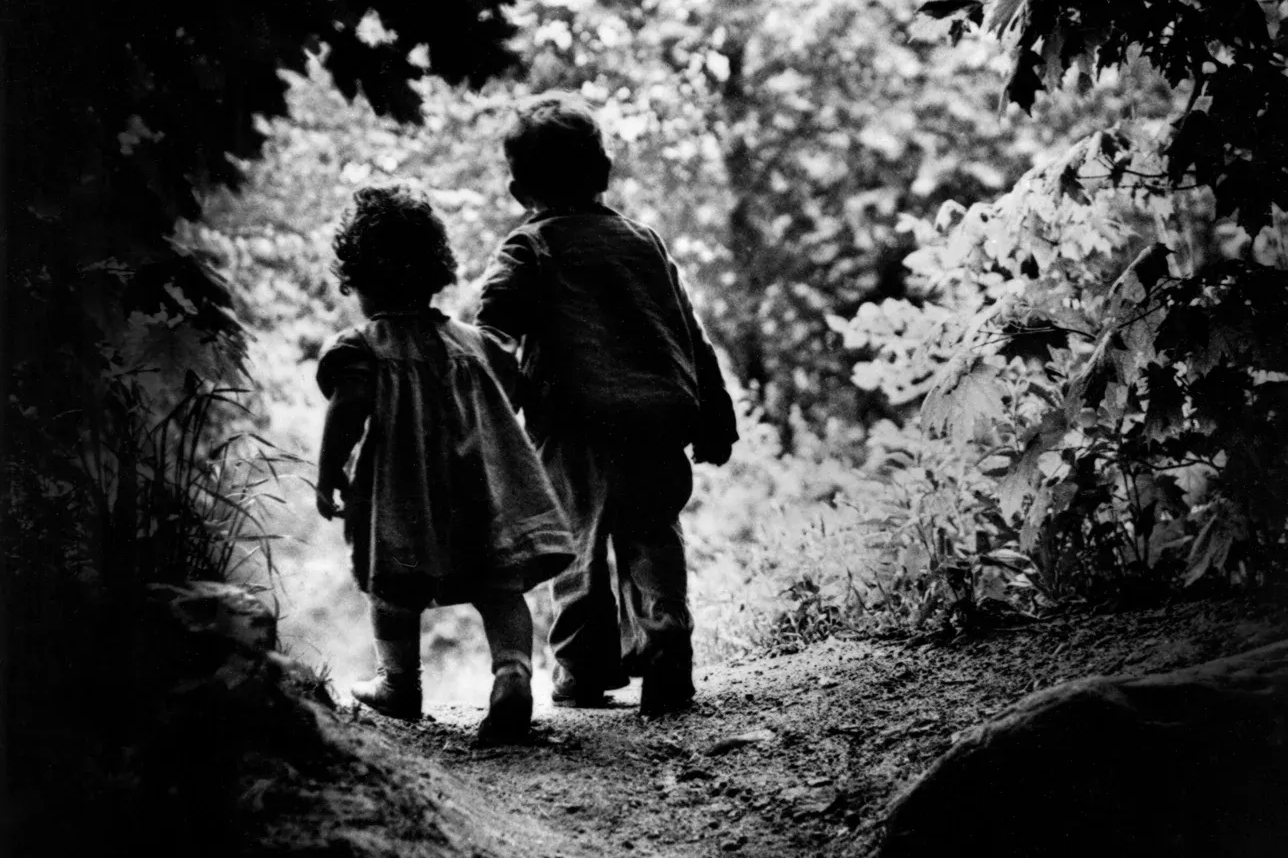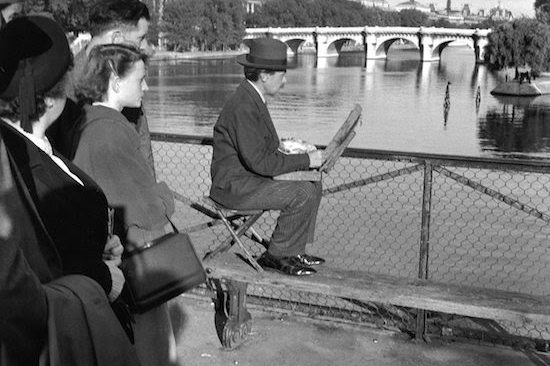WILLY RONIS
(1910 - 2009)
Willy Ronis claimed an interest in “ordinary people with ordinary lives.” He was a central figure in the “humanist photography” movement, celebrating the poetry in the everyday in warm, witty images, along with his colleagues Robert Doisneau, Henri Cartier-Bresson, and Brassaï. “I have never sought out the extraordinary or the scoop,” he once said. “The beauty of the ordinary was always the source of my greatest emotions.” The images created by Willis Ronis capture the simple pleasures of everyday life. Not one to focus on suffering, his photographs are often light-hearted, humor-filled, and full of compassion, even as they capture the delight of French joie de vivre.
Willy Ronis was among the foremost postwar French photographers, who spent his career roaming the Parisian streets capturing people in love, at work, and at play in lyrical black-and-white images. Ronis honed his sense of proportion and composition working in his parents’ photography studio. He holds the distinction of being the first French staff photographer for LIFE Magazine, and his work was included in Edward Steichen’s seminal “Five French Photographers” (1951) and “The Family of Man” (1955) exhibitions. Ronis has had several books and monographs published on his work. As one of the great masters of twentieth century photography, Ronis has work is in the collections of major museums and private collectors around the world.


